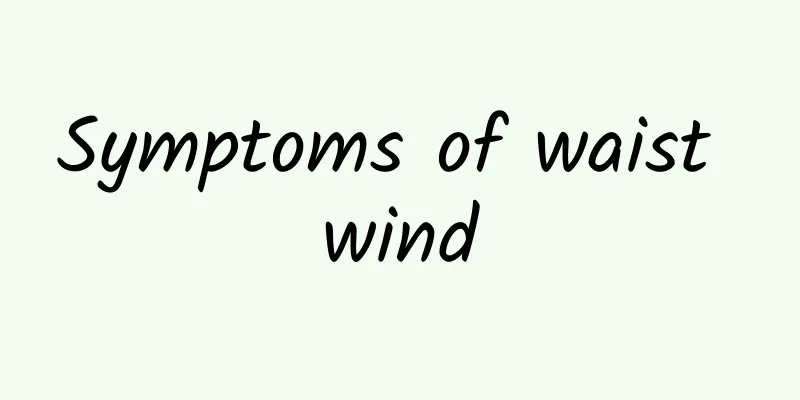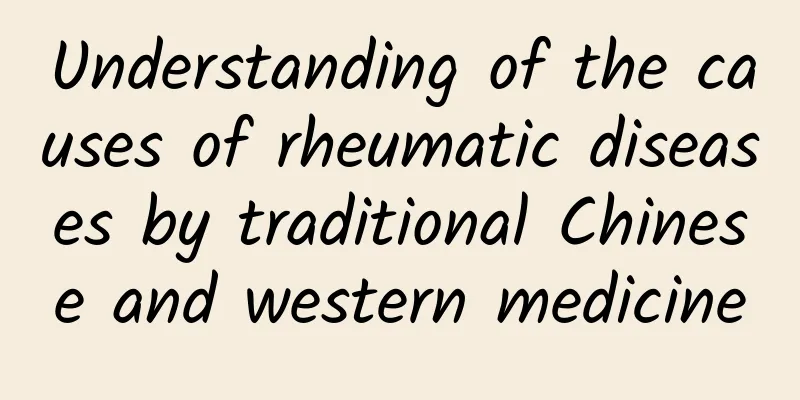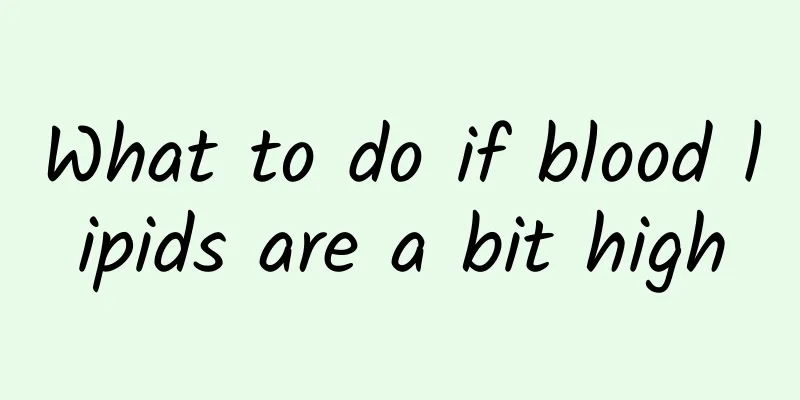Distended jugular veins

|
Varicose veins are a type of vascular disease. Many people can see very thick purple blood vessels on the calves of their calves. These are varicose veins. However, jugular vein distension and varicose veins are different, although their names look very similar. However, jugular venous distension is caused by right atrial failure, and its obvious manifestation is the distension and swelling of the jugular vein. Here are some tips for treating jugular vein distension: The jugular vein is the pressure gauge of the right atrium and can reflect changes in right atrial pressure and volume. When the patient takes a semi-recumbent position of 30° to 45°, the external jugular vein fills to a height exceeding the normal level, which is called jugular venous distension. Jugular venous distention accompanied by a positive hepatojugular reflux sign is an important indicator for the clinical diagnosis of right heart failure. Common causes: right heart failure, pericardial disease, superior vena cava syndrome, respiratory diseases can cause Common symptoms: The jugular vein is full, full, swollen, and pulsating Causes 1. Right heart failure: such as chronic cor pulmonale, restrictive cardiomyopathy, congenital heart disease, right ventricular infarction, pulmonary embolism, etc. 2. Pericardial lesions: such as pericardial effusion and constrictive pericarditis. 3. Superior vena cava syndrome. 4. Respiratory system diseases: such as tension pneumothorax, bronchial asthma-status asthmaticus, etc. Clinical manifestations: The jugular vein is full, plump, swollen and pulsating. examine 1. Physical examination Perform a cardiopulmonary and systemic examination. During the examination, the patient takes a semi-recumbent position at 30° to 45°, and the filling of the external jugular vein is observed. The diagnosis is made when the jugular vein is filled to more than 2/3 of the distance from the upper edge of the clavicle to the angle of the mandible. 2. Auxiliary examination (1) Chest X-ray or film. (2) Electrocardiogram (ECG) (3) Echocardiography. (4) Examinations of white blood cells, blood gas analysis, erythrocyte sedimentation rate, etc. (5) Chest CT and MRI. diagnosis 1. Medical history The patient was asked about the time of appearance of the jugular vein, the precipitating factors, whether there was jugular venous pulsation, and any history of heart disease, trauma, and smoking. 2. Clinical manifestations The jugular vein is full, plump, swollen, and pulsating. 3. Auxiliary examination (1) Chest X-ray or film: Pericardial effusion examination shows that the heart shadow is enlarged to both sides, flask-shaped, and the heart beat is weakened or disappeared; constrictive pericarditis shows that the heart shadow is triangular and the pericardium is calcified. (2) Echocardiography: It plays an important role in the diagnosis of the causes and pathologies of certain heart diseases and is one of the important means of diagnosing the causes of heart disease. (3) Electrocardiogram: Atrioventricular hypertrophy, conduction block, myocardial ischemia, ectopic rhythm, etc. may be seen. treat 1. General treatment Control fluid retention, strictly limit sodium salt intake, and use diuretics with caution. 2. Treatment of the cause (1) Patients with right heart failure caused by massive pulmonary embolism and pulmonary hypertension should receive early thrombolytic and anticoagulant treatment, and surgical thrombectomy if necessary. (2) For patients with heart failure, diuretics are used to reduce jugular vein distension and edema. (3) Patients with pericardial constriction should undergo pericardiotomy as soon as possible. (4) For patients with cardiac tamponade, pericardiocentesis or fenestration drainage should be performed to relieve compression of the right heart. (5) For patients with superior vena cava compression syndrome, the primary disease should be actively treated. 3. Surgery Atrial septostomy, heart transplantation, etc. 4. Others (1) Reduce right ventricular preload and afterload and enhance myocardial contractility. (2) Synchronized treatment and rhythm control. (3) Antiplatelet and anticoagulant treatment. |
<<: What causes sore hands and feet?
>>: Can sugar toothpaste and honey whiten your skin?
Recommend
What to do if lumbar spinal stenosis compresses the nerves
Lumbar spinal stenosis is relatively common in cl...
Black streaks on fingernails
The presence of black stripes on the fingernails ...
What to do if your mouth is inflamed and blisters? An old Chinese doctor teaches you how to relieve the heat
Do you have symptoms such as dry and sore throat,...
What are the effects and functions of Balingma?
There are many kinds of medicinal materials that ...
Osteosarcoma of the knee
Osteosarcoma is a type of tumor with a relatively...
Acne on the back
What should you do if you get acne on your back? ...
Best treatment for yellow warts
Xanthelasma palpebral may sound unfamiliar to us,...
Why do human joints make cracking sounds?
People can move because various parts of the huma...
What vegetables can I eat if I have urticaria?
I'm sure everyone has eaten vegetables. This ...
How much is the market price of deer penis
Everyone is familiar with deer penis. We know tha...
How to determine whether the glans is sensitive
The male penis is mainly composed of the corpus c...
Collagen oligopeptide
Collagen oligopeptide is oligopeptide collagen po...
What is pemphigus and what are its causes?
Pemphigus is a chronic, recurrent, severe intraep...
What sleeping position should a mother who had a caesarean section adopt during her confinement period?
Women who choose to give birth by caesarean secti...
Dosage of Polygala
There are many types of Chinese medicine, and the...









